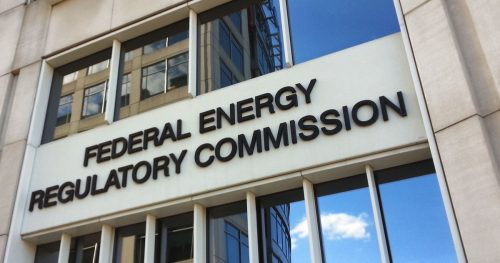
New FERC rule incorporates Clean Coalition recommendations to streamline interconnection nationwide
The new FERC rules highlight the importance and widespread impact of the Clean Coalition’s innovative policy work.
On November 22, the Federal Energy Regulatory Commission (FERC) announced significant rule changes to expedite Small Generator Interconnection Procedures (SGIP) across the country.

These important federal changes directly build upon Clean Coalition’s work on California interconnection. Specific Clean Coalition recommendations incorporated by FERC include raising the size of projects qualifying for Fast Track review to match local line voltage, and establishing the option of Pre-Application Reports. These reports allow generators to better access information about existing system conditions to optimize design and avoid triggering additional studies or upgrades before submitting their formal application to interconnect. FERC’s new rules demonstrate the value and effectiveness of the Clean Coalition’s strategy – establishing precedent-setting policy on the state level that can be scaled nationally.
Under the new FERC rules, projects up to 5 MW will now be applicable for national Fast Track. The Clean Coalition’s recommendation for a 100% minimum load supplemental review screen, which will effectively double the previous 15% peak load threshold for penetrations of distributed renewables, was also included in the new rules. Collectively, FERC’s reforms will help even the playing field for distributed generators and result in up to a five-fold increase in the size of projects allowed to use Fast Track.
FERC will now require Pre-Application Reports nationwide – a change that reflects the Clean Coalition’s successful efforts to reform Rule 21 in California. Moreover, the Commission agreed with the Clean Coalition’s request to ensure that jurisdictions with combined SGIP and Large Generator Interconnection Procedures (LGIP) are also subject to these reforms.
These new FERC rules highlight the importance and widespread impact of the Clean Coalition’s innovative policy work. To ensure continued adoption of its forward-thinking policies, the Clean Coalition created theCLEAN Resource Hub. The Hub offers a wealth of tools to help policymakers and regulators open the wholesale distributed generation (WDG) market segment, including model interconnection rules.

